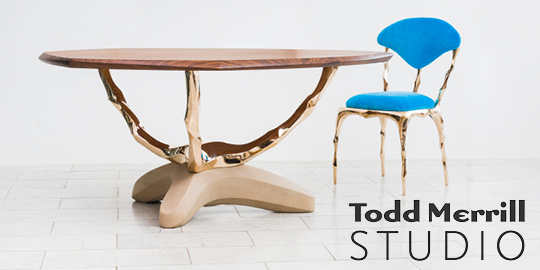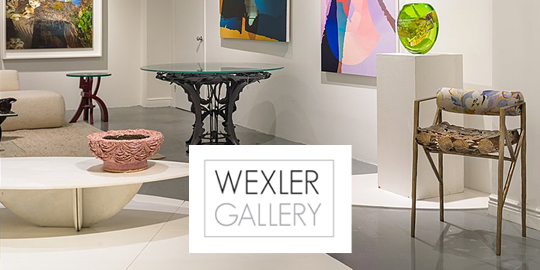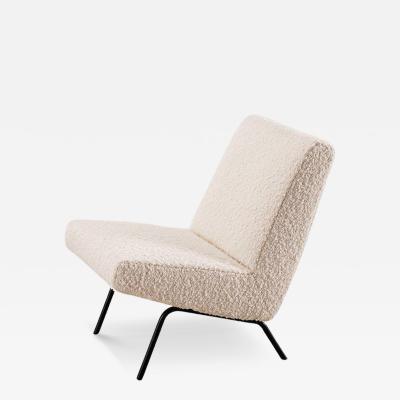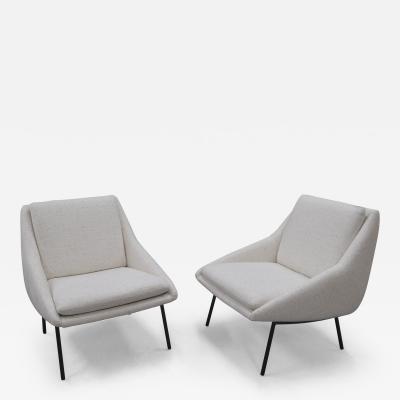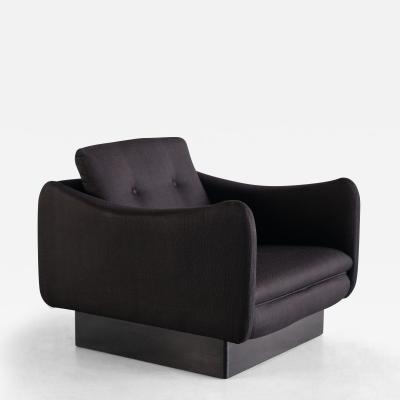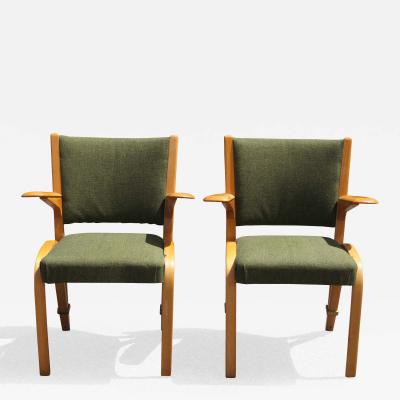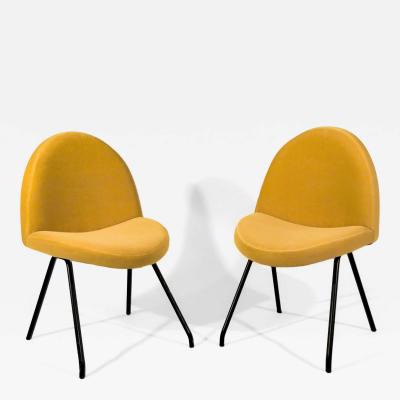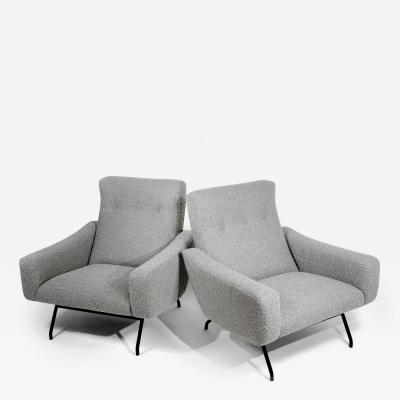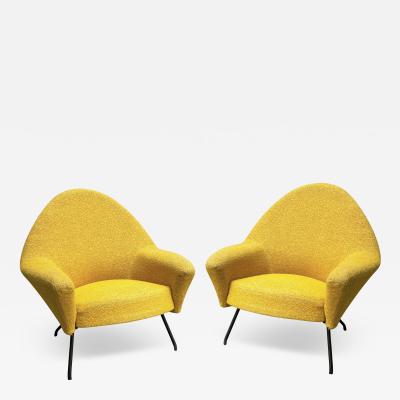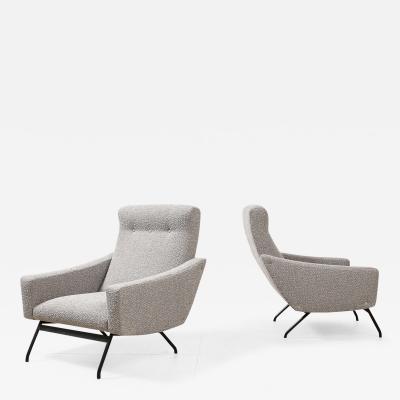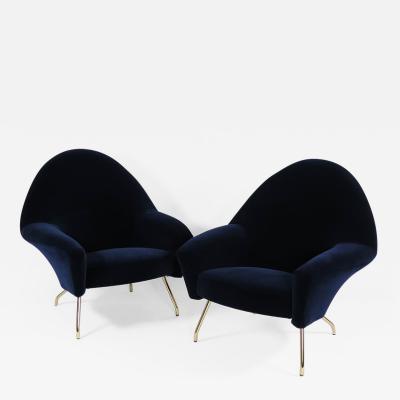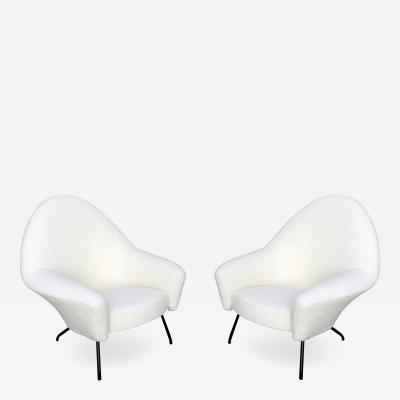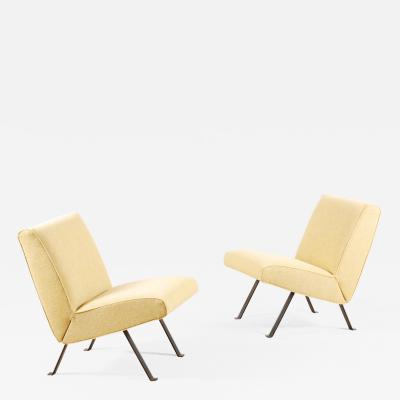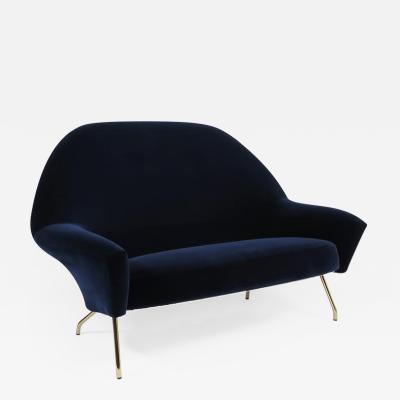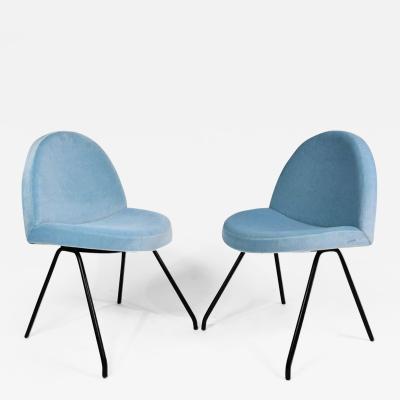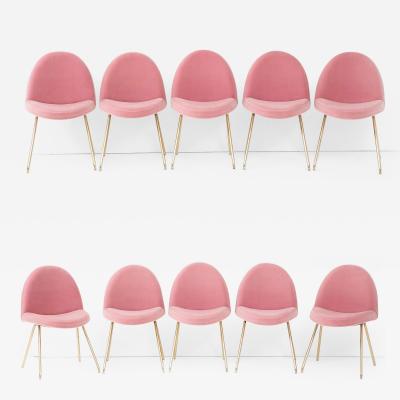Steiner
Steiner, a renowned French furniture manufacturer, has been at the forefront of contemporary design for nearly a century. Internationally recognized for its innovative creations and collaborations with some of the most influential designers of the 20th and 21st centuries, Steiner has played a pivotal role in shaping the aesthetic and functional values of modern furniture.
The story of Steiner begins with Charles Steiner, born in Bucharest in 1894. Drawn to the vibrant design scene in Paris, he immersed himself in the ideals of the Bauhaus and functionalist movements. Inspired by visionaries like Le Corbusier and Mallet-Stevens, Steiner established his namesake company in 1926 in the Faubourg Saint-Antoine district of Paris, a historic hub for French furniture craftsmanship. His early designs embraced clean lines, industrial materials, and a forward-thinking approach to form and function. The Constance Chair (1930), featuring nickel-plated tubular steel legs, was a prime example of his modernist philosophy. In 1937, Steiner partnered with avant-garde designer Étienne-Henri Martin to produce the iconic SK140 Armchair, a piece that exemplified the union of minimalist structure and comfort.
After Charles Steiner’s passing, his son Hugues Steiner took over the company in 1946 and led it into a new era. Under Hugues’ direction, Steiner embraced emerging materials and new design voices. One of the most significant partnerships began in 1951 with architect and designer Pierre Guariche. Guariche brought a fresh, functionalist perspective and quickly made waves with the Tonneau Chair (1953), crafted from plastic and aluminum. Its lightweight, stackable design and affordability made it a commercial and cultural success. A year later, a bent plywood version further solidified its popularity. Guariche also contributed numerous other seating classics, including the SK660 Lounge Chair (1953), Vampire Chair (1954), and Crocus Chair (1966).
Steiner’s eye for talent led to collaborations with other leading designers of the post-war period. René-Jean Caillette’s Diamond Chair (1957), made from molded plywood, won the Gold Medal at the Brussels World’s Fair. Joseph-André Motte’s 770 Armchair (1958) reflected a minimalist elegance that became a Steiner hallmark. Michel Mortier’s Teckel Sofa (1950), Kwok Hoi Chan’s Zen Chair (1969), and Hugues Steiner’s own Bow-Wood Chair (1948), which echoed Alvar Aalto’s Nordic modernism, were just a few more standouts from this prolific era.
In 1960, Gilbert Steiner, a talented artist and painter, joined the company to lead its design department. Though his tenure was relatively short—he left in the mid-1960s to pursue painting full-time—Gilbert’s impact was notable. His designs focused on technical innovation and practical applications, with creations such as the Rugby Chair for institutional and commercial use.
The 1980s saw Steiner align with fashion house Pierre Cardin, who brought an avant-garde, sculptural aesthetic to the brand. Upholstered in vivid, patterned fabrics, Cardin's pieces added a bold, artistic edge to Steiner’s collection, blurring the lines between fashion and furniture.
To foster emerging talent and continue its legacy of innovation, Steiner launched the Steiner Young Designer Award in 2002. The brand’s contributions to design history were further celebrated through The Steiner Historic Design Collection, featuring over 140 landmark pieces. The collection was showcased at top institutions including the Via Gallery in Paris (2007), the Museum of Contemporary Art in Marseille (2008), and the Galerie Pierre Bergé in Brussels (2008).
Despite its deep influence and historic legacy, Steiner has permanently closed its doors. The once-iconic Parisian brand, known for blending technical ingenuity with aesthetic sophistication, is no longer in operation. However, its influence continues to resonate across the design world, with many of its creations considered timeless classics and sought after by collectors and design enthusiasts worldwide.
Steiner’s journey is a testament to the power of visionary design, enduring craftsmanship, and creative collaboration. Though the company has ceased operations, its legacy as a pioneer of French modern furniture lives on.
